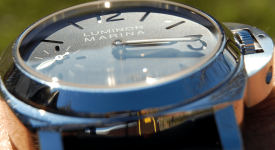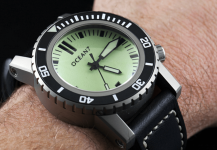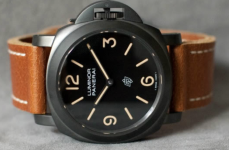fellows, hello, over there!!!!
nice to meet u here, seems like a cozy place!
I've got some questions that I have collected over time about watches. in fact, I know a thing or two about watches, especially more about dials, the most popular and less popular brands, reps vs genuine, etc... that is, somewhat superficial information)))))
but since I got into this hobby, I'm facing more and more terms that I don't really understand. and please, don't advise me to read articles on Google about them, because I've already done it, and I can't say that I've clarified myself 🫣🫣🫣🫣🫣. the language is way too twisted there. therefore, please explain more to like a nerd DDDDD
DDDDD
if it's ok for you, I'll leave here a list of questions that bother me. you, in your turn, answer the ones you know, I will be grateful for any feedback. in this way, I will have everything structured and it will be easier for me to orient myself))
by the way, you will also find many abbreviations, which I will ask you to clarify for me

1. I see a lot of information, especially in the description of replica watches, about DLC and PVD. what exactly do these refer to? and what is the difference, and their benefits and, respectively, their shortcomings? which ones are better?
2. what exactly is the difference between an automatic and a kinetic watch? I mean, I understand the specifics of the automatic ones. but it's hard for me to mess with these kinetics. what is their specificity?
3. what about hacking secs? what do they mean?






4. I understood the Nato straps thing. but what about bond, and maratac types of straps?




5. why is the world so "hungry" for diver watches? do so many people do diving?

6. and the last one, sandwich dial?????????


 I know about panda dial. but "sandwich"??? what's up with it?🫣🫣🫣🫣
I know about panda dial. but "sandwich"??? what's up with it?🫣🫣🫣🫣
Get ready! Set! Go! And thank you, guys!

nice to meet u here, seems like a cozy place!
I've got some questions that I have collected over time about watches. in fact, I know a thing or two about watches, especially more about dials, the most popular and less popular brands, reps vs genuine, etc... that is, somewhat superficial information)))))
but since I got into this hobby, I'm facing more and more terms that I don't really understand. and please, don't advise me to read articles on Google about them, because I've already done it, and I can't say that I've clarified myself 🫣🫣🫣🫣🫣. the language is way too twisted there. therefore, please explain more to like a nerd
if it's ok for you, I'll leave here a list of questions that bother me. you, in your turn, answer the ones you know, I will be grateful for any feedback. in this way, I will have everything structured and it will be easier for me to orient myself))
by the way, you will also find many abbreviations, which I will ask you to clarify for me
1. I see a lot of information, especially in the description of replica watches, about DLC and PVD. what exactly do these refer to? and what is the difference, and their benefits and, respectively, their shortcomings? which ones are better?
2. what exactly is the difference between an automatic and a kinetic watch? I mean, I understand the specifics of the automatic ones. but it's hard for me to mess with these kinetics. what is their specificity?
3. what about hacking secs? what do they mean?
4. I understood the Nato straps thing. but what about bond, and maratac types of straps?
5. why is the world so "hungry" for diver watches? do so many people do diving?
6. and the last one, sandwich dial?????????
Get ready! Set! Go! And thank you, guys!



